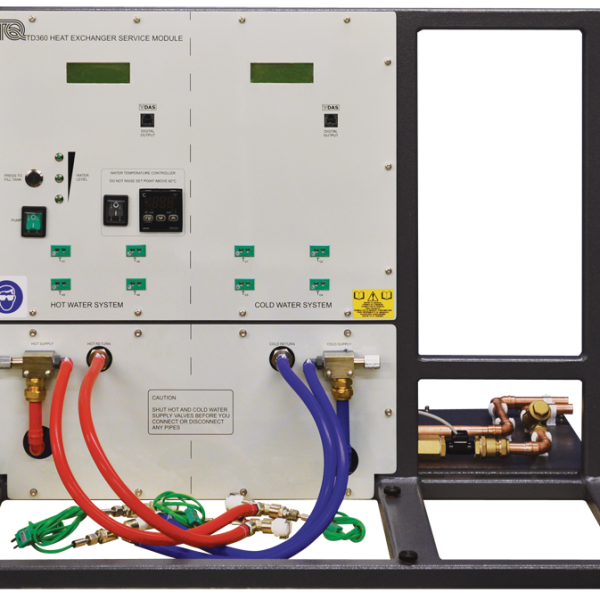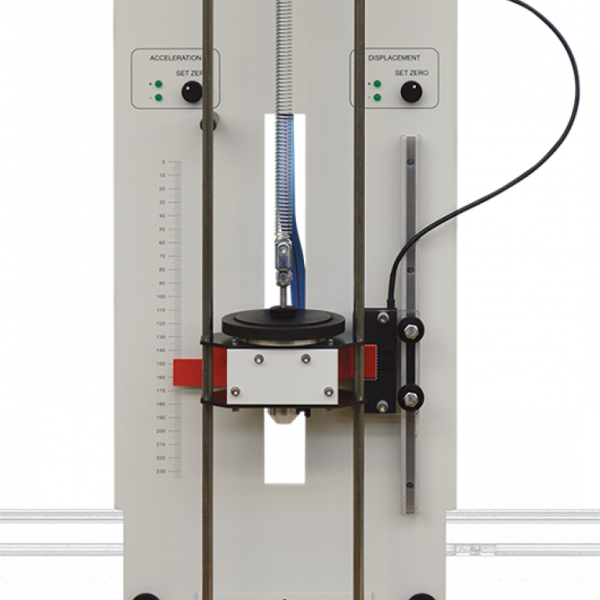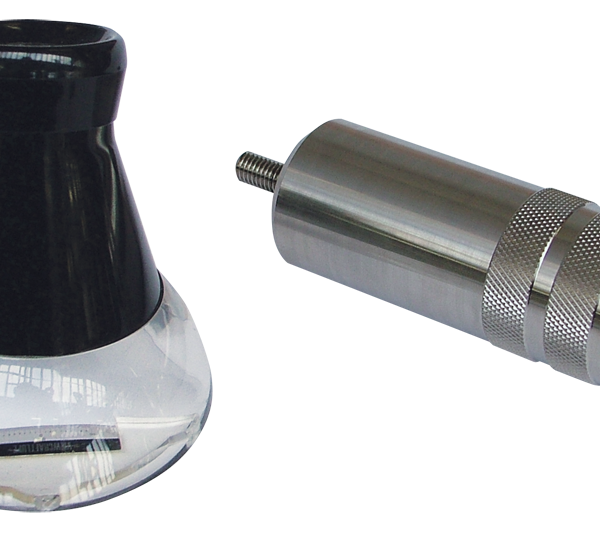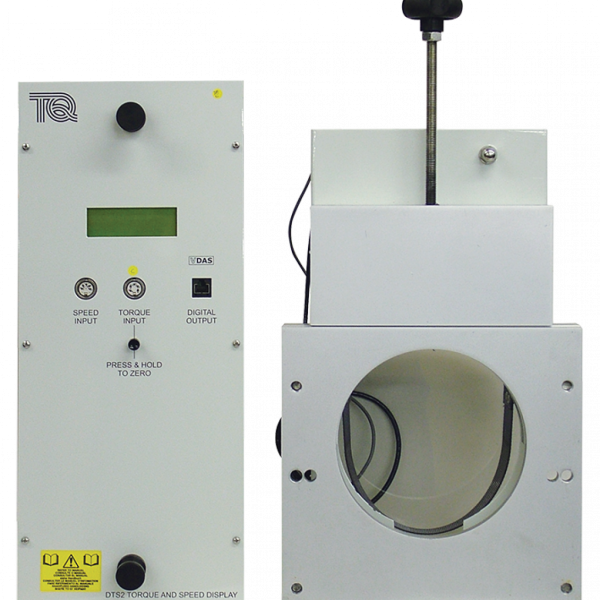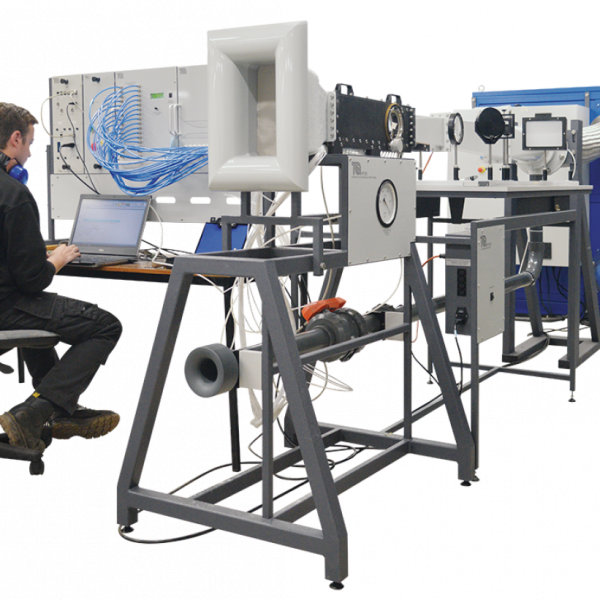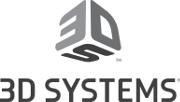A bench-top unit to demonstrate free and forced vibrations
of two mass-beam systems:
1. A ?rigid? beam with a pivot at one end and a spring at
the other ? the spring provides the elasticity
2. A ?flexible? pinned ? pinned beam with a pivot at one
end and a roller pivot at the other ? the beam itself
provides the elasticity
A rigid and heavy steel frame holds the systems. The frame
has a low natural frequency, so the vibrations of the
systems do not affect it. The frame has two sections: an
experiment ?window? to the right and a control panel to
the left. The experiment window contains the beam,
spring and other parts used in the experiments.
TecQuipment carefully designed the equipment so that all
experiments use the same beam. This gives a simple and
quick system set up and changeover time. The beam is of
high-grade ground steel, and the pivots use high-quality
ball races for lowest friction and incidental damping.
Students may vibrate the systems manually. They may also
force the vibrations using a high-quality variable speed
servomotor driving a rotating offset mass – forming an
?exciter?. The servomotor has its own encoder and
advanced controller for accurate speed regulation. This
gives minimal cyclical variation due to inertial load
variations.
A non-contacting sensor measures beam displacement.
The sensor has no physical contact with the oscillating
system, for negligable damping.
An accelerometer built into the exciter assembly works to
show the phase relationship between beam displacement
and acceleration. It also helps to compare measured
acceleration with that derived from the displacement using
the software.
The unit includes a variable-area viscous dashpot damper,
for use with a non-toxic fluid (supplied) of stable viscosity.
This ensures repeatable results over a range of ambient
temperatures.
An encoder linked to the rotating exciter mass measures its
dynamic position. This helps to measure the relationship
between the applied force and the position of the beam,
showing phase lag with different damping values.
TecQuipment include a vibration absorber with the
equipment. When fixed to the beam it adds a second
degree of freedom to the complete system. This
demonstrates the typical behaviour of a 2 degree of
freedom (2DOF) system. Students learn how to ?tune? the
vibration absorber to eliminate the oscillations of the main
beam – a special case of a 2DOF system and an alternative
method to damping.
To help store small parts and tools, TecQuipment supply a
storage tray with the equipment.
The control panel houses the servomotor controller and
manual controls, alongside a digital display of the motor
speed in units of rev.min?1, rad.s?1 and frequency in Hz. It
also provides outputs of the displacement, acceleration,
encoder (offset mass) position, and motor speed. These
outputs are calibrated and scaled to work directly with
TecQuipment?s VDAS? (mkII) system.
The output signals connect to the VDAS? interface which
converts them for connection to a suitable PC (not
supplied).
The VDAS? (mkII) software includes functions to display
live plots of first and second derivatives, to show velocity
and acceleration waveforms based on the displacement
signal. Advanced features of the software allow signal
smoothing, reference plots and a tool to help measure the
free vibration damping coefficient.
TecQuipment have specifically designed the TM1016 to
work with VDAS. However, the sensor and trigger outputs
may be connected to your own data acquisition system or
oscilloscope if desired.
Hot
FREE AND FORCED VIBRATIONS
Allows Students to investigate the free and forced vibration of a rigid beam and spring, and a simply supported beam
| Brand |
TecQuipment |
|---|---|
| Product type |
Experiment |
| VDAS |
YES |
Description
SKU:
TM1016
Categories: Engineering Experiments TecQuipment, Theory of Machines
Tag: Theory of Machines



